This just popped into my head earlier today: Western films tend to reflect the struggle of the individual. Eastern films in contrast are more likely to use interpersonal relationships as a foundation for the story. There’s a marked difference, and its one that could really enliven western animated filmmaking.
There’s no doubt that many western animated films’ style of story don’t stray very far from established norms. It’s usually one (or two at the most) characters overcoming adversity to accomplish a goal, or solve their problem. Woody trying to get back to Andy, Moana trying find Maui and save her village, Alice travelling through Wonderland, etc.

Relationships in western films are important of course, they’re just not used as the driving force of the story, or the dramatic tone of the story. More often, relationships get relegated to a secondary theme, or are used as a plot device instead. Pixar’s Up did this a bit too effectively in its first 15 minutes, but consequently went on to completely ignore all it built up in favour of flying houses and megalomaniac flying aces.
Other films explore relationships, but in the context of the character’s problem or by way of exploring their growth. Problems with parents (alive or dead,) feature often as a theme, but how they effect of such relationships and their effect on the character’s other relationships is very rarely explored.
Pixar’s film Inside Out serves as a good example of the kind of opportunities that were missed. Although the film’s focus is the emotions inside Riley’s head, the film could have used them as a catalyst for what happens to her relationships in the real world. Regrettably, it uses them as the engine of the plot.
We get to see a lot of what’s happening inside Riley’s head, but at the expense of seeing a more complete picture of how it’s influencing her life. Relative snippets only give hints as to what’s happening to the protagonist in the real world. Imagine if things were the other way around, and we only given glimpses of Riley’s emotion’s problems? Would that have made for a more stimulating film? It would at least have given audiences more food for thought by framing emotions in terms of relating to other humans.

In a way, this is a plea for more animated films in the traditional dramatic mold. As the artform continues to work its way into mainstream, it will need to branch out from the generic family comedy stranglehold, but will need to grow out of the comedic mindset altogether. Sausage Party may be grossly outrageous, but it’s still a comedy. It resides comfortably within the established paradigm for animated films, it just happened to be aimed at adults instead of kids.
I’m not saying that dramatic animated films don’t exist, just that we don’t see enough of the dramatic interpersonal tension that are on display in films such as the Tale of the Princess Kaguya. If animated films here in the west are going to grow and mature in the foreseeable future, producers and artists are going to need to broaden their horizons a bit, and exploring relationships between characters is a useful way of doing that without resorting to tricks or tired gimmicks.
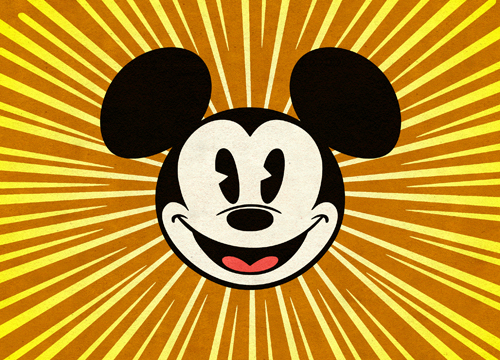

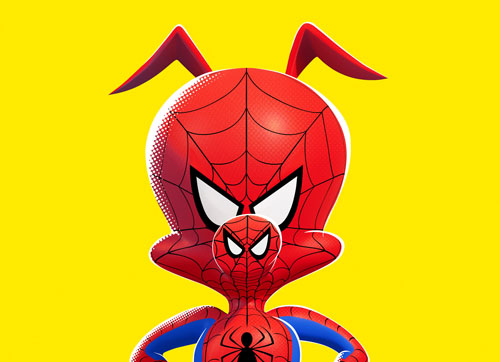

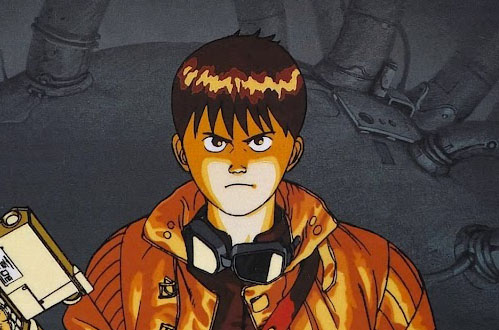

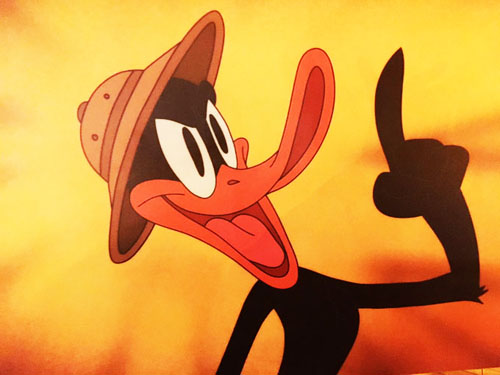





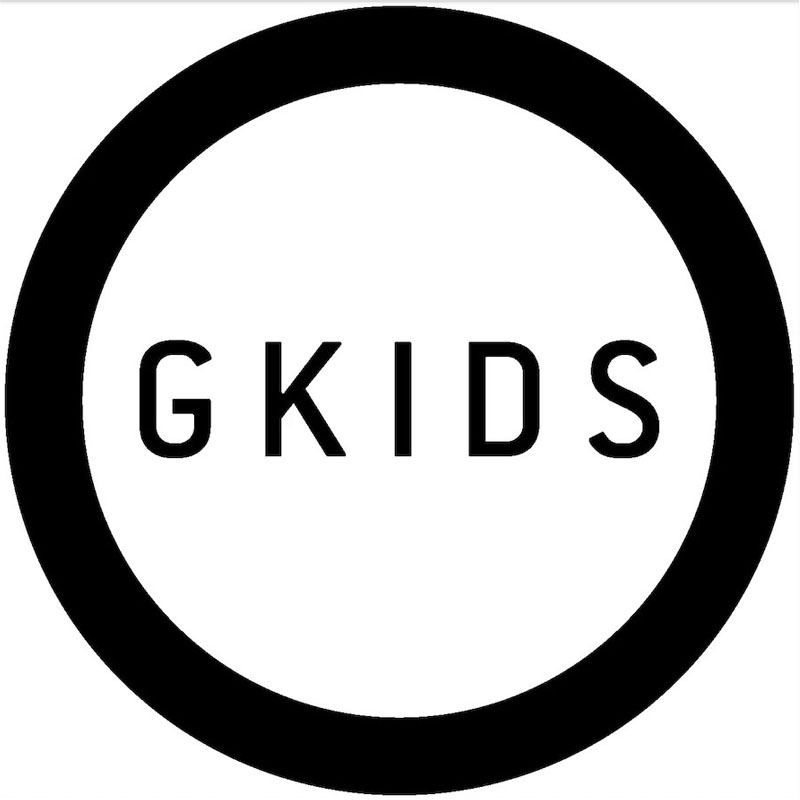








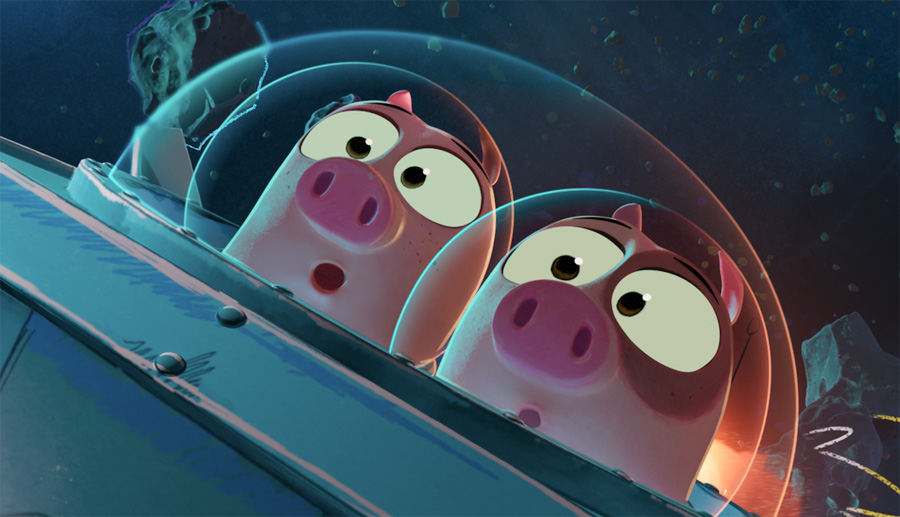

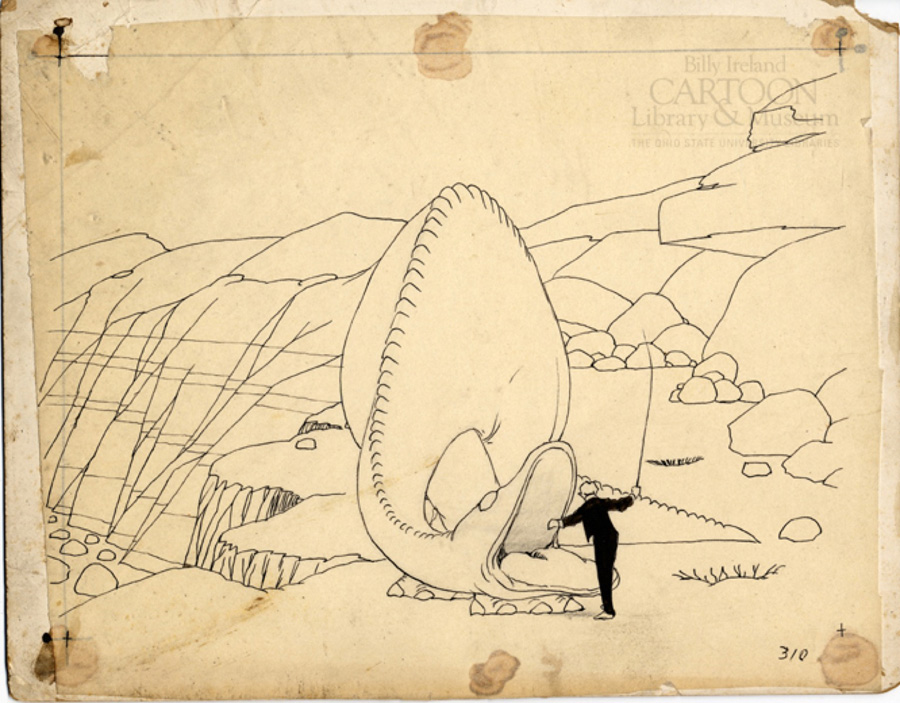







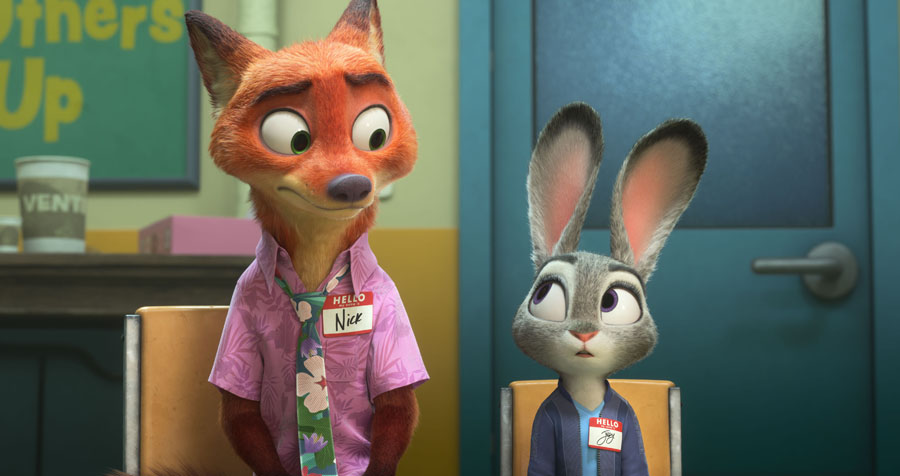



0 Responses
On the surface Zootopia is a detective story, but at its core it’s about the relationship between the two lead characters. And the recent French film Phantom Boy is about the relationship that develops between two hospital patients.
I would argue that the relationship between the two characters isn’t necessarily at the core of the film at all, since that is having Judy Hops prove to everyone that she’s good at being a cop with Nick as her sidekick. Perhaps that’s just my opinion, but it’s what I felt while watching the film.
OK, it’s a stretch, but how about “Snoopy, Come Home”? The whole opening sequence is about Snoopy’s bad relationships with most of the cast — fighting with both Lucy and Linus, standing up Peppermint Patty at what she thinks is a date at the beach, Charlie Brown cutting his finger to make Snoopy’s dinner, etc. Then, he’s summoned back to his original owner, a sick girl in a hospital, and is asked to leave Charlie Brown and come live with her. So there’s this tension about who Snoopy belongs with, Charlie Brown or Lila, and why: is it obligation, is it familiarity, is it friendship? And oh, by the way, the title character doesn’t have a single line of dialogue.
The West used to be able to make animated movies like this.
Great answer. The old Peanuts films were about more than just Charlie Brown, and the creative team did a great job of portraying the friction between the characters while letting the story play out.